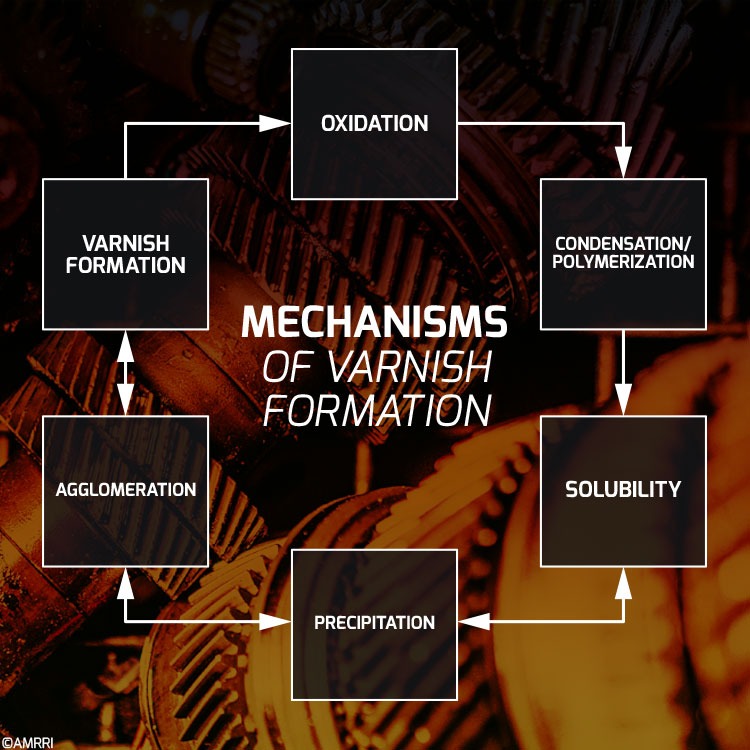When we think about the various tools available to our maintenance team, we often think about physical tools such as a screwdriver, wrench or possibly even a hammer (if used in the right circumstances!). However, we don’t think about some of the methods we could employ which can make our maintenance teams more efficient or our equipment more reliable.
One such method is oil analysis and while it may not be at the forefront of our minds when thinking about increasing the reliability of the fleet, its impacts can be very significant once utilized properly. In this article, we will talk about the implementation of oil analysis for a mixed fleet of equipment, the impact of this program and the ways that the success of this method can be measured.
What Is Oil Analysis?
If you’ve ever drained the oil from the sump of a diesel engine, then you would know that it’s a messy process. Typically, when this oil is drained, the mechanic can tell you a few things about what happened on the inside of the engine without going to a lab.
For instance, some mechanics may place a magnet in a sealed bag and drop this into the drained oil. When they remove the bag, if there are metal filings stuck to the outside of the bag with the magnet, then that means there is some significant wear occurring on the inside of the engine. Similarly, if there is a tinge of a rainbow colour on the surface of the drained oil, that could mean that fuel is getting into the oil system and there may be an issue with one of the fuel injectors.
While these methods may not be able to precisely tell us how much fuel or wear (or what type of wear metal was present), they do provide some indications of what’s happening on the inside of the equipment. This is where oil analysis can be the game changer for our mechanics and our teams leading the reliability initiative.
With oil analysis, we can accurately and quantitatively trend the presence or absence of certain characteristics of the oil and what it contains. In this instance, we are able to correctly identify the wear metals present in the oil and trend whether these values increase or decrease over time. This can help our mechanics to figure out exactly where the wear is coming from as they would be able to identify the parts of the engine which are associated with the increase in the particular wear metal from the report.
Additionally, they can become more aware of other important parameters such as viscosity or TBN (Total Base Number) which they would not have been able to quantify without oil analysis. They can also get information on the decreases in additives or increases in contaminants which can allow them to identify or troubleshoot these issues in advance.
Find out more in the full article, "Oil Analysis - A Hidden Tool in your Utility belt" featured in Equipment Today Magazine by Sanya Mathura, CEO & Founder of Strategic Reliability Solutions Ltd.











